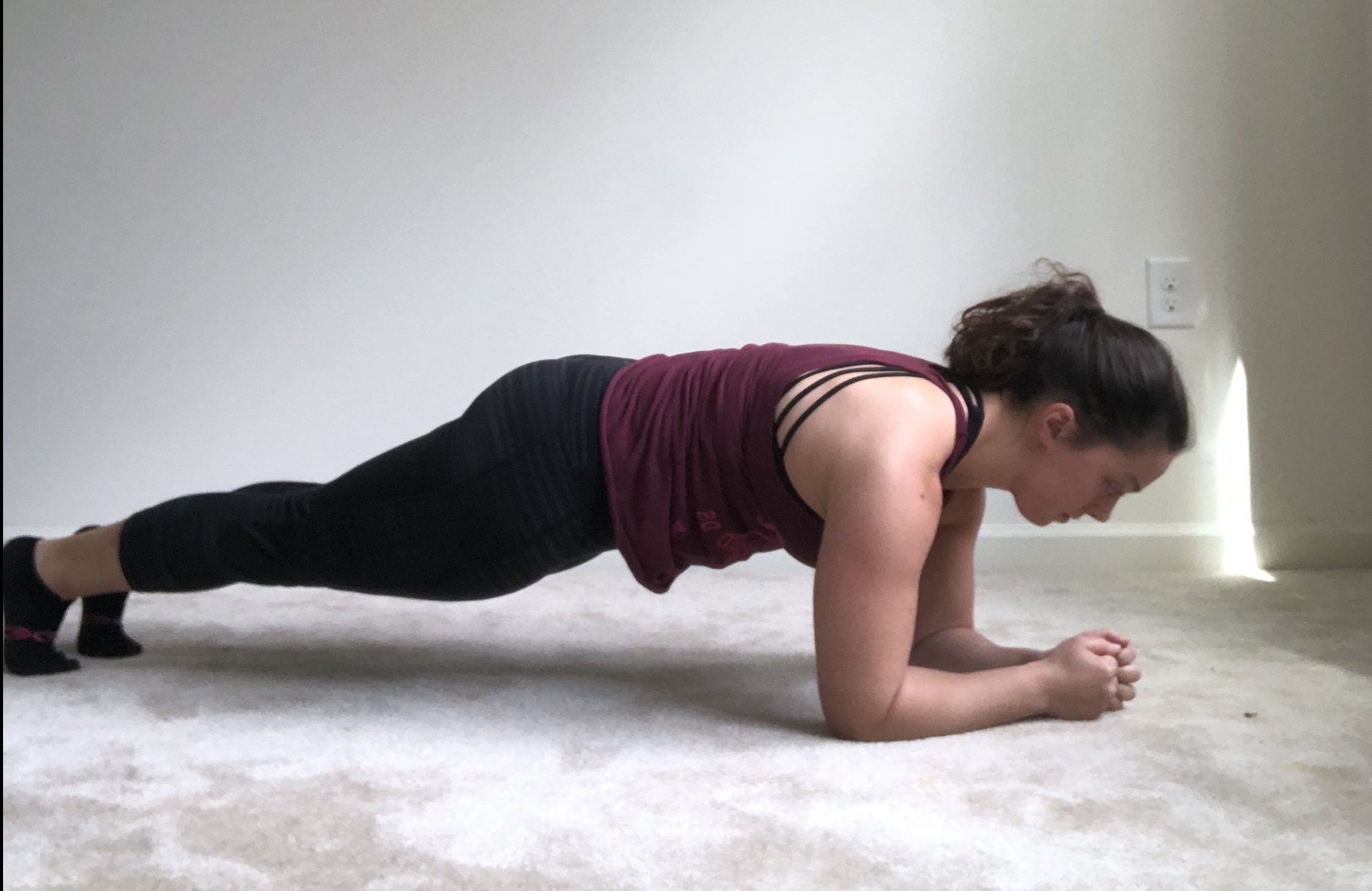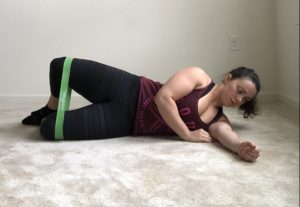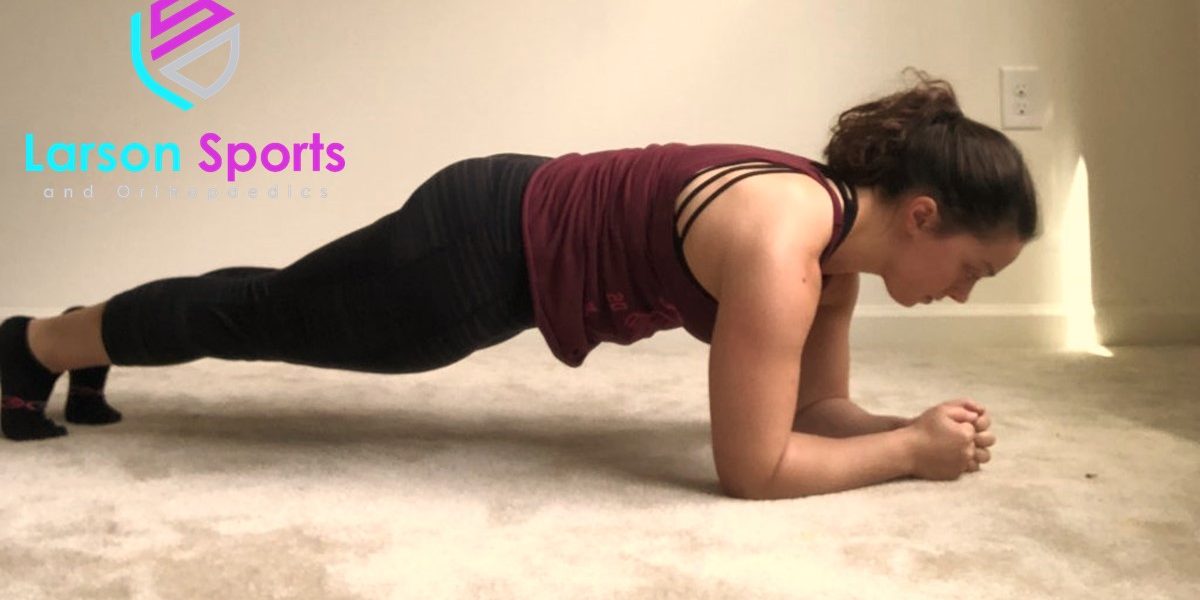There are so many exercise myths and half-truths floating around on social media and the internet. It can be frustrating when the program the latest fitspo is selling doesn’t seem to get you the same results. Or when your training is hampered by nagging injuries. Here are three common myths that really get my goat.

Myth 1: Crunches and Planks are the best way to strengthen and “tone” your abs.
False: Properly training your abdominal muscles is important to help improve athletic performance and prevent spinal injuries. Your “abs” are actually several muscles: the external and internal obliques, rectus abdominis, and transversus abdominis. While these muscles do help to flex the spine, such as in a crunch, their primary functions are resisting motion of the spine, to assist with breathing, and supporting the pelvic floor during strenuous activity. Your hip flexors play a much bigger role in sit-ups or crunches.
As far as “toning” your abs goes, I hate to say abs really are made in the kitchen. You can have the world’s strongest core in the world and still not have visible abdominal muscles to show for it. There are powerlifters out there who can squat 1000lbs in just sleeves and a weight belt. Their core has to be incredibly strong to do this without their spine crumbling under the weight of the barbell. But you’ll be hard-pressed to find one with six pack abs to show for it. The only thing that lets those abdominal muscles shine is lowering your body fat percentage. For men, abs typically start to make an appearance around 15% body fat and around 22% for women.
Save your crunches for getting out of bed in the morning and try some of these exercises instead:
- Single-arm Front Rack KB March
- Transverse MedBall Tosses
- Side Planks
- Dead Bugs
- Hollow Holds
- Weighted Squats
If you want an even greater variety of ab exercises, check out our list of 100 New Exercises To Spice Up Your Workout.
Planks have their time and place, but form is very important. Make sure you’re keeping a “braced” core throughout the hold. Often times, people will simply hyperextend the lumbar spine to keep horizontal when they fatigue. Once this happens, you’re no longer using your core and just letting gravity sheer at your spine.
Honorable Mention: Let’s go back to the transversus abdominis for a minute. This muscle is your body’s built-in weight belt. Used correctly, it can assist your breathing and really brace your spine against opposing forces. At the same time, it can help offload the pelvic floor – a hot topic in the functional fitness world these days. If the bracing more resembles pushing, it increases pressure on the pelvic floor which can cause urinary incontinence and, in extreme cases, prolapse of these muscles. This is not just a problem for women either. If left uncorrected for long periods of time, it can ultimately contribute to sexual dysfunction in men, too. You can learn more about proper breathing technique here.

Myth 2: My glutes aren’t firing!!!
False: They are. I promise. However, they may be under-recruited or underdeveloped compared to other prime movers in squat patterns. We tend to spend a lot of time in vertical squatting positions – such as front squats, snatches, cleans etc – in functional fitness workouts. Even when we perform glute and hamstring heavy movements such as deadlifts or Russian kettlebell swings, rarely are these at a heavy enough load to force adaptation in these muscles at the same rates we are tasking our anterior chain and spinal erectors.
The gluteus medius is one of three gluteal muscles. One of its main jobs is to abduct the hips, which help keep your knees out over your toes instead of the dreaded valgus collapse. In order to prime it for participating fully in a squat, try adding these some of these exercises into your warm-up routine:
- Monster Walks
- Single-leg Romanian Deadlifts
- Single-leg pistol Squats to Box
- Lightly Weighted Step Ups
These exercises are just a few that help increase recruitment prior to lifting. However, timing the firing of these muscles is just as important as simply getting them to play along during your squatting session. It’s impossible to do replicate that stimulus in a single-leg or isolated exercise. Try low-bar box squats or safety bar squats instead! These exercises allow you to focus on form and promote positional changes to make you more aware of your gluteal muscles.

Myth 3: Cardio is the best exercise for weight loss and overall health.
Half True. The one thing every single one of us could use more of in our day is time. Not all of us can justify spending 90 minutes in the gym 4-5 (or more) days a week. Some of us have to settle for squeezing in 20-30 minutes here and there after the kids go to bed or over our lunch hour. When we’re in a time crunch, many people default to a quick run or walk around the neighborhood. They feel cardiovascular endurance training is the most important to burn calories and maintain health. Finishing a cardio workout also pumps our bodies full of endorphins, giving us an emotional reward for our efforts.
Cardio is important to keep our hearts healthy. The American Heart Association recommends 75 minutes a week of moderate to vigorous aerobic conditioning. This is the equivalent of two to three 30 minute training sessions a week. However, heart health is not the only important factor for overall wellness. A crucial part in aging gracefully and preventing injuries is maintaining muscle mass.
Running and other aerobic exercises should be a full-body activity.
Your glutes should fire to help propel yourself forward during your run. Your torso rotates as a result which allows this force to move you straightforward instead of up and down, maximizing movement efficiency. But here’s the problem with using a single aerobic modality as your go-to exercise: our bodies are designed for survival. Your body wants to move as efficiently as possible. Not in terms of the power output that would lead to efficient athletic movement, but in ways that conserve as many calories as possible.
In the running example, this means your body’s natural instinct is to figure out a way to perform the task asked of it while ramping down the recruitment of muscles it determines to be non-essential. Unfortunately, your body is incapable of recognizing those muscles are needed to prevent joint damage and overuse injuries during that activity.
Cardio Alone Isn’t Enough
You can counteract your body’s natural instinct by adding in at least one to two dedicated strength training sessions a week. Only have three days a week to work out? Try combining strength movements into your cardio routine. This can be as simple as breaking up your run with 20 air squats every 200m. Or you can be more creative and mix in light dumbbells, kettlebells, or even bodyweight strength movements. At a loss for ideas? Check out our list of more than 100 exercises that can be done either as stand-alone strength movements or incorporated into your conditioning session. Still want more direction? By subscribing to our blog, you’ll get a free month of programming that can be done with minimal equipment and is designed to only take 30-40 minutes of your time (even with a warm-up and cool down).
Have you heard of an exercise “rule” that makes you wonder if it’s fact or fiction? Drop us a comment or reach out on social media, and we’d be happy to make some sense of it for you!

